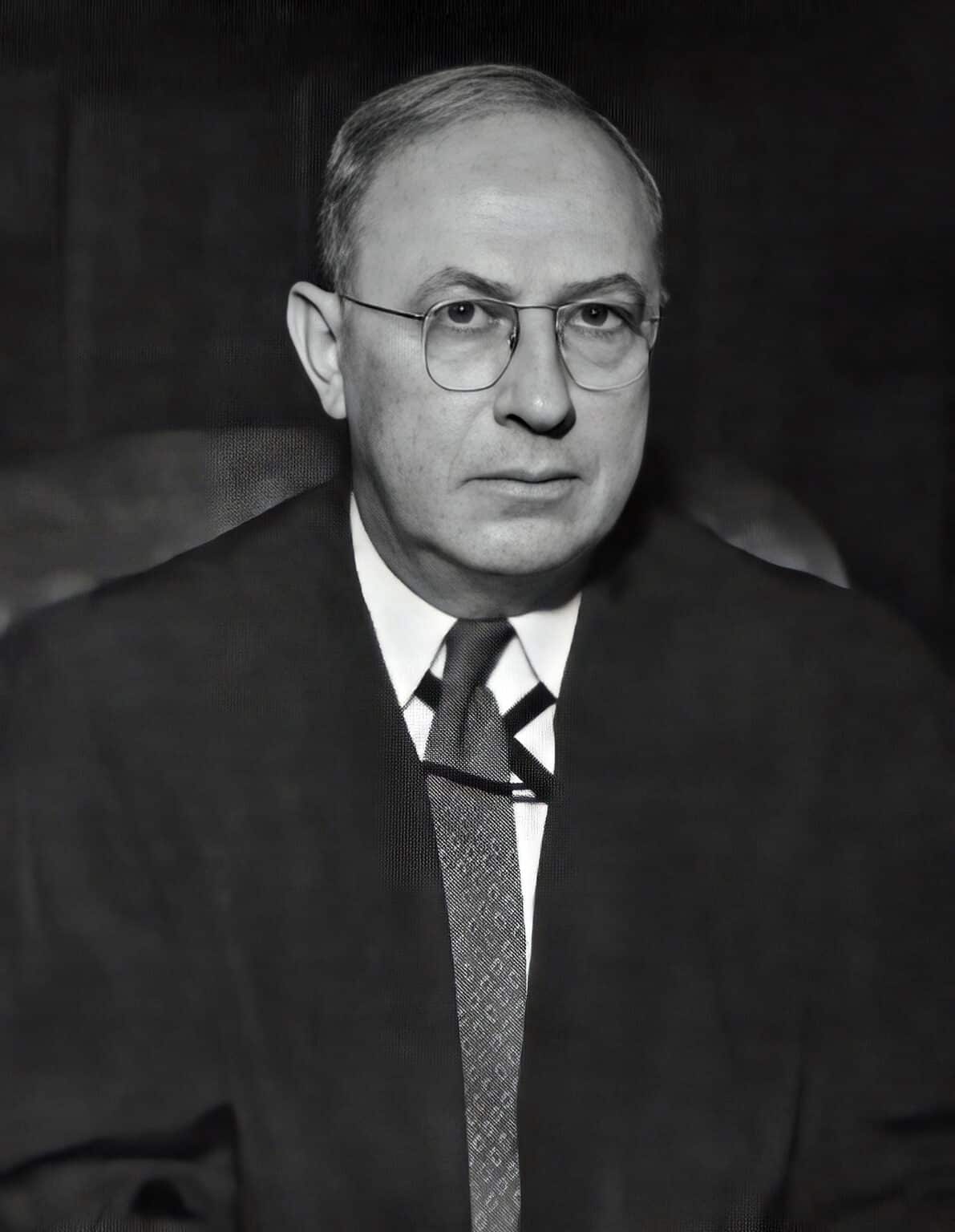RESOURCES
PEOPLE
Judge Charles Sterling Hutcheson
1894-1969
Charles Sterling Hutcheson was born on July 23, 1894, in Mecklenburg County, Virginia, into a family steeped in legal and political traditions. He attended the College of William & Mary, graduating in 1917, and later studied at the University of Virginia. Following his service in the U.S. Army during World War I, he was admitted to the Virginia Bar in 1919 and began practicing law with his brother in Boydton, Virginia.
Hutcheson’s public service began in earnest when President Franklin D. Roosevelt appointed him U.S. Attorney for the Eastern District of Virginia in 1933. In 1944, Roosevelt appointed him as a U.S. District Court judge for the same district, where Hutcheson would serve with distinction—becoming Chief Judge in 1948 and continuing on the bench until taking senior status in 1959.
As a federal judge, Hutcheson played a significant role in early legal challenges to segregation. He presided over lawsuits challenging unequal pay for Black teachers and inferior facilities for Black students across Virginia. His most well-known role came in Davis v. County School Board of Prince Edward County, a case that originated with a student-led strike at the underfunded Robert Russa Moton High School in 1951. A three-judge panel including Hutcheson initially ruled against the students, upholding the legality of segregation. The case was appealed and became one of the five consolidated into the U.S. Supreme Court’s landmark 1954 decision in Brown v. Board of Education, which declared segregation in public schools unconstitutional.
After the Brown ruling, the Davis case returned to Hutcheson’s panel for implementation. In 1955, they issued an order enforcing desegregation, though the transition was slow and met with significant resistance.
Beginning in 1955, Hutcheson also served on a separate three-judge federal panel with newly appointed Judge Walter E. Hoffman and Senior Fourth Circuit Judge Morris Ames Soper. This panel reviewed laws passed under Virginia’s Massive Resistance policy, which aimed to circumvent school desegregation. On January 19, 1959—Robert E. Lee’s birthday and a state holiday in Virginia—the panel struck down key components of the Stanley Plan as unconstitutional under federal law. On the same day, the Virginia Supreme Court ruled other aspects of the plan violated the state constitution. Despite these rulings, many local officials—including Hutcheson’s own brother, a Virginia state senator—continued to oppose desegregation and inflamed public resistance. Hutcheson, however, remained above the fray and soon retired from active judicial service, assuming senior status later that year and fully retiring before his death in 1969.
